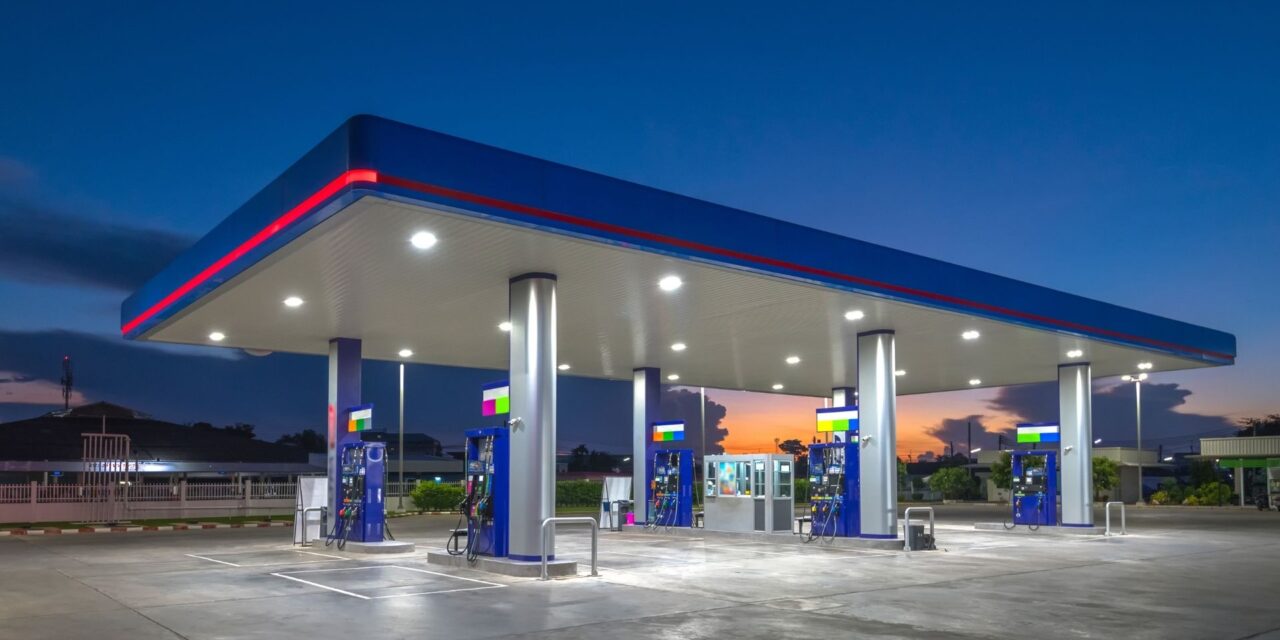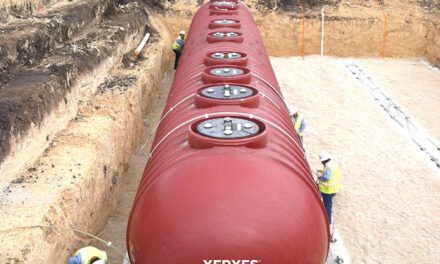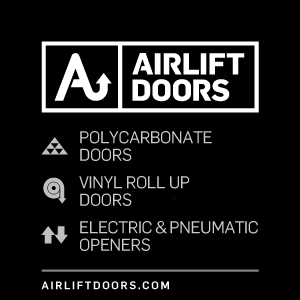
Key Considerations When Planning a Gas Station Renovation

By Devin Mahaffey
As the owner of an independent gas station, you reach a point where you can’t put off a major site upgrade any longer.
MAYBE YOUR BUSINESS is having challenges dealing with increased traffic. Perhaps you’ve noticed that your competitors are luring customers away with newer sites and a more comprehensive service offering or a renovation could be necessary to replace aging underground fuel storage tanks.
Because of the time, expense and inconvenience involved, it is vital to strategically plan your site upgrade to achieve as much possible. From a financial standpoint, it is far more cost effective to do all of the required work at once, as opposed to a piecemeal approach to renovation. Especially if upgrades require a short-term site closure.
Here are some factors to consider when planning a major upgrade to your fuel service facilities and infrastructure.
Do you require additional pump capacity?
 If vehicles are starting to regularly line up, it may be time to take a look at expanding pump capacity.
If vehicles are starting to regularly line up, it may be time to take a look at expanding pump capacity.
What you can do will be largely determined by the size and configuration of your current site. An engineering firm can help you determine if you have the physical space to add more pumps – or if it is as simple as consolidating products from single product dispensers to multi product dispensers and optimizing the dispenser layout to improve traffic flow. Many factors will come into play. This includes vehicular access and queuing, storage tank location and capacity, and adjacent facilities and infrastructure.
Design and engineering firms that specialize in retail fuel service can provide recommendations to help you increase fueling capacity so you can move through more customers and increase your revenue potential.
Is it time to replace fuel storage tanks?
Today’s fiberglass tanks are built for long life, and are typically replaced when the manufacturer’s warranty expires (generally 30 years). But many will opt to replace tanks earlier due to the need for increased capacity or changing fuel product needs.
Alternatively, there may be a requirement to upgrade from a single-wall fiberglass tank to a double-wall tank. This decision is often driven by stricter regulations (and obligations) associated with leak detection monitoring to minimize environmental risks.
Replacing fuel tanks will require a temporary site shutdown, as excavation and tie-in work will be required. On average, this will involve a closure of six or more weeks – which covers removal of the existing tank, installation of the new tank and connection of fuel piping and electrical infrastructure. These timelines can vary depending on weather and environmental conditions.
Do you need to update your canopy and signage?
If you are replacing fueling systems or storage tanks, it provides a perfect opportunity to review the existing canopy structure and roof system, which can often be neglected. You can determine if upgrades to the canopy layout or a replacement would be beneficial to achieving your long-term business goals.
New canopy signage can be incorporated to make your business more visible to traffic, day or night. Additional lighting is proven to make customers feel safer after dark. As well, switching to a modern LED lighting system will have a noticeable impact on your energy bill.
Is now the time to put in infrastructure for an EV charging station?
 With more and more electric vehicles (EV) being developed and sold across North America – including pickup trucks and sports cars – there is going to be increased demand for EV charging stations.
With more and more electric vehicles (EV) being developed and sold across North America – including pickup trucks and sports cars – there is going to be increased demand for EV charging stations.
The Government of Canada has set ambitious targets for the sales of zero-emission vehicles (ZEVs). By 2025, they will require 10 per cent of all light-duty vehicles to be ZEVs. This jumps to 30 per cent by 2030 and 100 per cent by 2040.
Installing the necessary infrastructure for an electric vehicle charging station is extremely costly. It is always more economical if built-in at the time of construction, or as part of a larger site renovation.
There are a few questions to ask before deciding to install an EV charging station:
- Do you have something to keep customers occupied while the vehicle is charging?
Level two charging technology runs on an AC current. It takes approximately an hour to provide enough charge to provide 25-40 km of range. DC Fast Charging technology is capable of providing an 80 per cent charge within 20-30 minutes.
Customers will need something to occupy their time while waiting for a charge. Gas stations that have a sit-down restaurant or coffee shop, or those located next to shopping will have a leg up.
- Does the demographic justify it?
Before committing to EV charging, you’ll need to determine if your gas station is in a neighbourhood with high EV ownership, and if you are on a route where people will need a charge. Remember, most people will be charging vehicles overnight at home or during the day in urban parkades.
- Do you have the required power capacity?
EV charging stations draw a significant amount of power. Your engineering firm will need to determine if you have sufficient capacity or if you will require an electrical service upgrade.
Are there any convenience store upgrades worth pursuing?
Generally, interior renovations to a convenience store can be done at any time, and staged in a way that you won’t have to close down for business. If you are in the process of upgrading the exterior, it gives you an opportunity to take advantage of the construction window to avoid inconvenience to customers. You may also be able to save money by hiring contractors to do interior and exterior construction together.
Set yourself up for success
Moving forward on a major site upgrade requires a small degree of courage and a great deal of commitment. Make the most of your decision, so that when you re-open, both you and your customers will feel it was all worth the wait.
Devin Mahaffey is president and project director of CTM Design Services Ltd. Devin has nearly 20 years of project management and architectural design experience.







































